Okay, let’s fire up the Wayback Machine and delve deeper into the tech graveyard of 2024. Here’s a more detailed eulogy for some of the departed:
1. Google Search Cache Views:
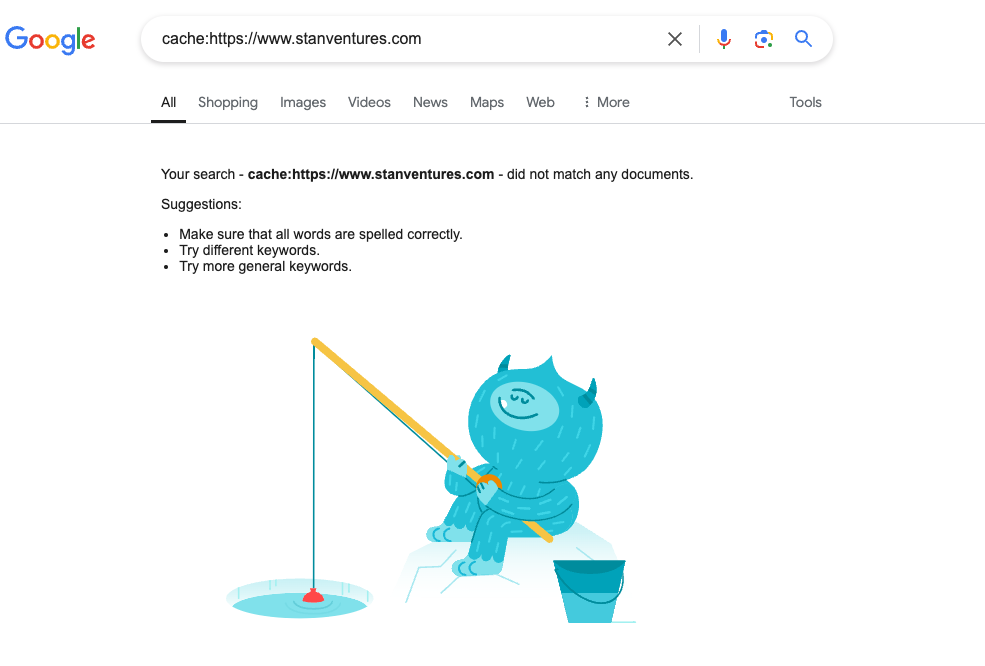
For years, Google Search Cache was a digital time capsule, offering snapshots of web pages as they existed at a specific point in time. This was incredibly useful for revisiting old versions of websites, recovering lost information, and even tracking changes made over time. Researchers, journalists, and SEO specialists relied heavily on this feature. However, Google argued that in today’s world of dynamic websites and constant updates, cached views were becoming less relevant. They partnered with the Internet Archive’s Wayback Machine to offer similar functionality, but many users lamented the loss of a convenient and integrated feature within Google Search itself.
2. Ring Car Cam:
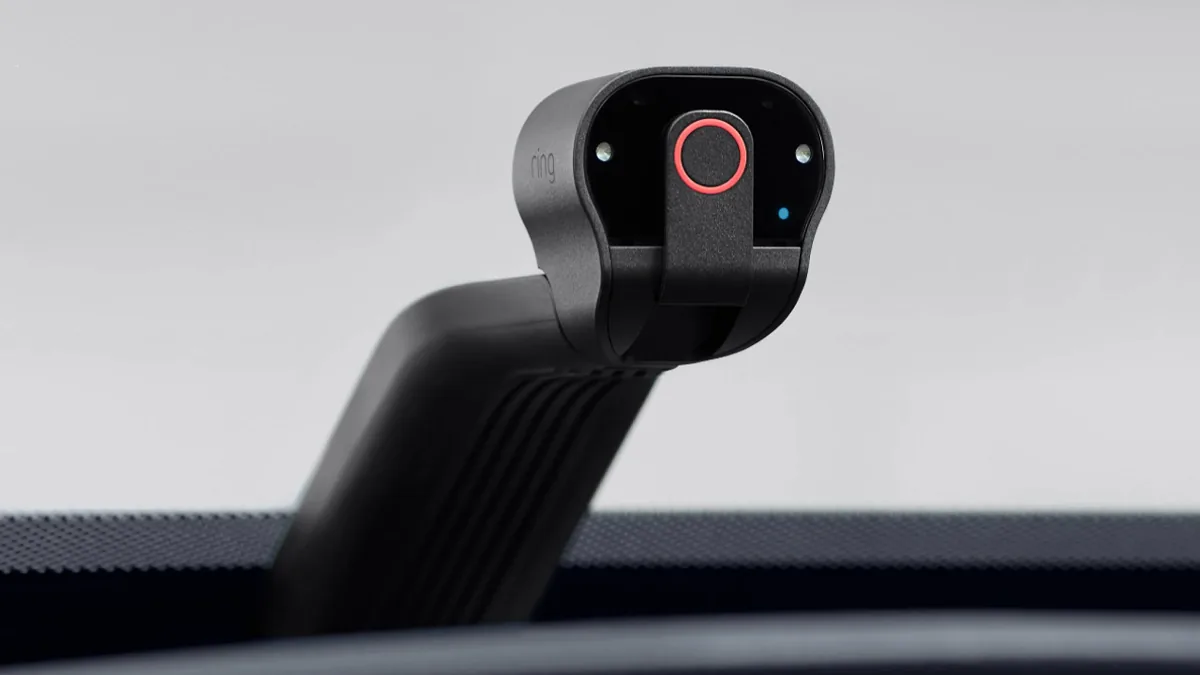
Amazon’s Ring Car Cam was a promising device aimed at enhancing vehicle security and providing evidence in case of accidents. It boasted dual-facing cameras to capture both the road ahead and the car’s interior, 1080p video resolution, and GPS tracking. However, it faced several challenges. The price point was considered high, especially with the requirement of a subscription for full functionality. Furthermore, the device suffered from production delays, frustrating customers who had pre-ordered. Ultimately, Ring decided to discontinue the Car Cam, possibly due to a combination of these factors and a desire to focus on its core home security products.
3. Amazon ‘Just Walk Out’ Grocery Stores:
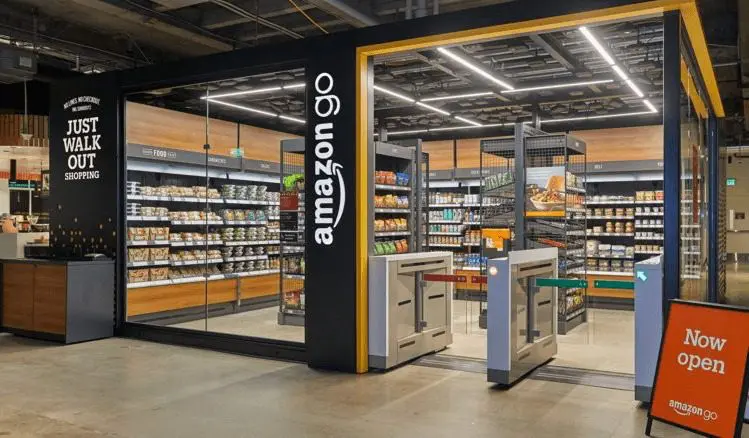
Amazon’s vision of a cashierless shopping experience seemed like the future of retail. Using a network of cameras and sensors, “Just Walk Out” technology allowed shoppers to simply grab items and walk out, with charges automatically applied to their Amazon accounts. While the technology was initially rolled out in Amazon Go stores and expanded to select Whole Foods and Starbucks locations, it seems the high implementation costs and perhaps some lingering customer apprehension about the “Big Brother” aspect of the system led to a change in strategy. Amazon is now focusing on smaller-scale applications of the technology, such as its “Dash Carts,” and offering “Just Walk Out” as a service to third-party retailers.
4. DALL-E 2 Image Generator:

DALL-E 2 was a groundbreaking AI image generator that captivated the world with its ability to create stunningly realistic and creative images from text prompts. However, the rapid pace of AI development meant that DALL-E 2 was quickly surpassed by its successor, DALL-E 3. With improved image quality, a more user-friendly interface thanks to integration with ChatGPT, and enhanced capabilities, DALL-E 3 became the preferred tool for AI image generation, leading to the discontinuation of its predecessor.
5. Meta’s Workplace:

Meta’s attempt to bring its social networking expertise to the workplace with Workplace faced an uphill battle from the start. While the platform offered features for communication, collaboration, and community building within organizations, it struggled to gain widespread adoption. Many companies were hesitant to embrace a platform so closely associated with Facebook’s consumer-facing social network, citing concerns about privacy, productivity, and the potential for blurring the lines between personal and professional life. With Meta shifting its focus to AI and the metaverse, Workplace was ultimately deemed expendable.
6. ICQ:
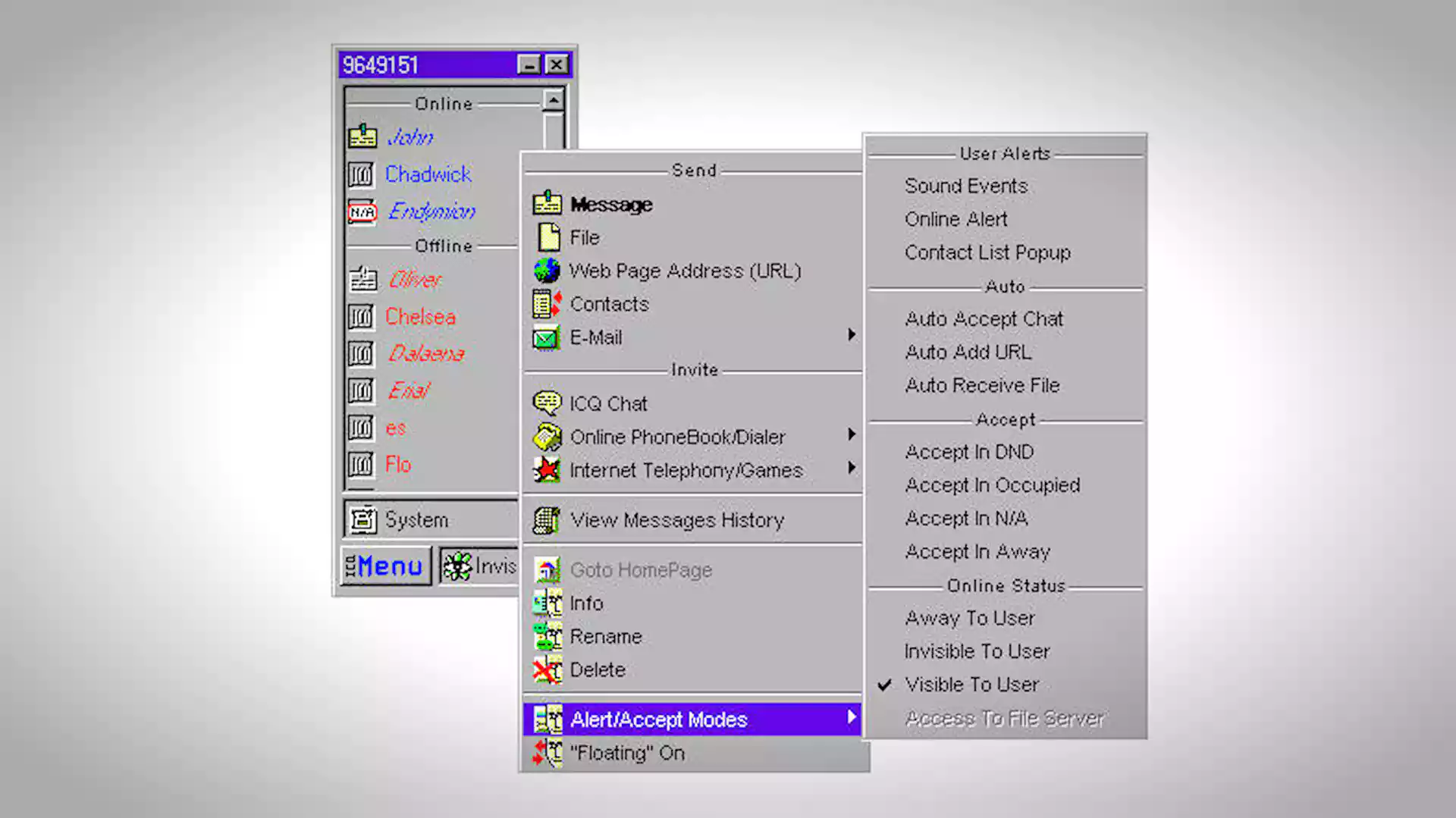
ICQ was a pioneer in the world of instant messaging, allowing users to connect and chat in real-time long before the likes of WhatsApp and Messenger. Its iconic flower logo and “Uh oh!” notification sound were synonymous with early internet culture. However, as newer, more feature-rich messaging platforms emerged, ICQ’s popularity waned. Despite attempts to revamp the platform, it ultimately failed to keep pace with the evolving landscape of online communication, leading to its shutdown after nearly three decades.
7. Twitter ‘Like’ Tab:
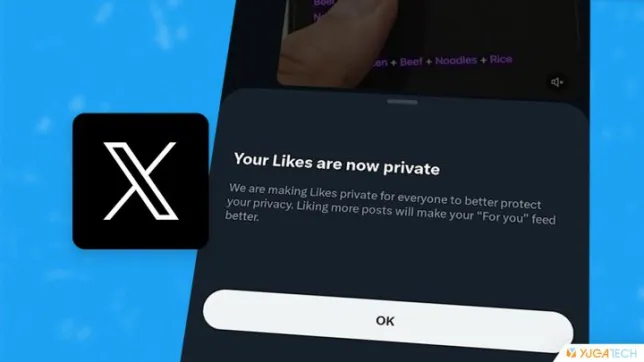
Elon Musk’s decision to make the “Like” tab on X (formerly Twitter) profiles private was met with mixed reactions. While some users applauded the move as a way to protect people from harassment and scrutiny for their likes, others criticized it as a way to shield users who engage with harmful or controversial content. The change also made it more difficult to gauge the popularity and reception of tweets. This move reflects the ongoing evolution of social media platforms and the delicate balance between fostering open discussion and protecting users from negativity.
8. Apple Car :
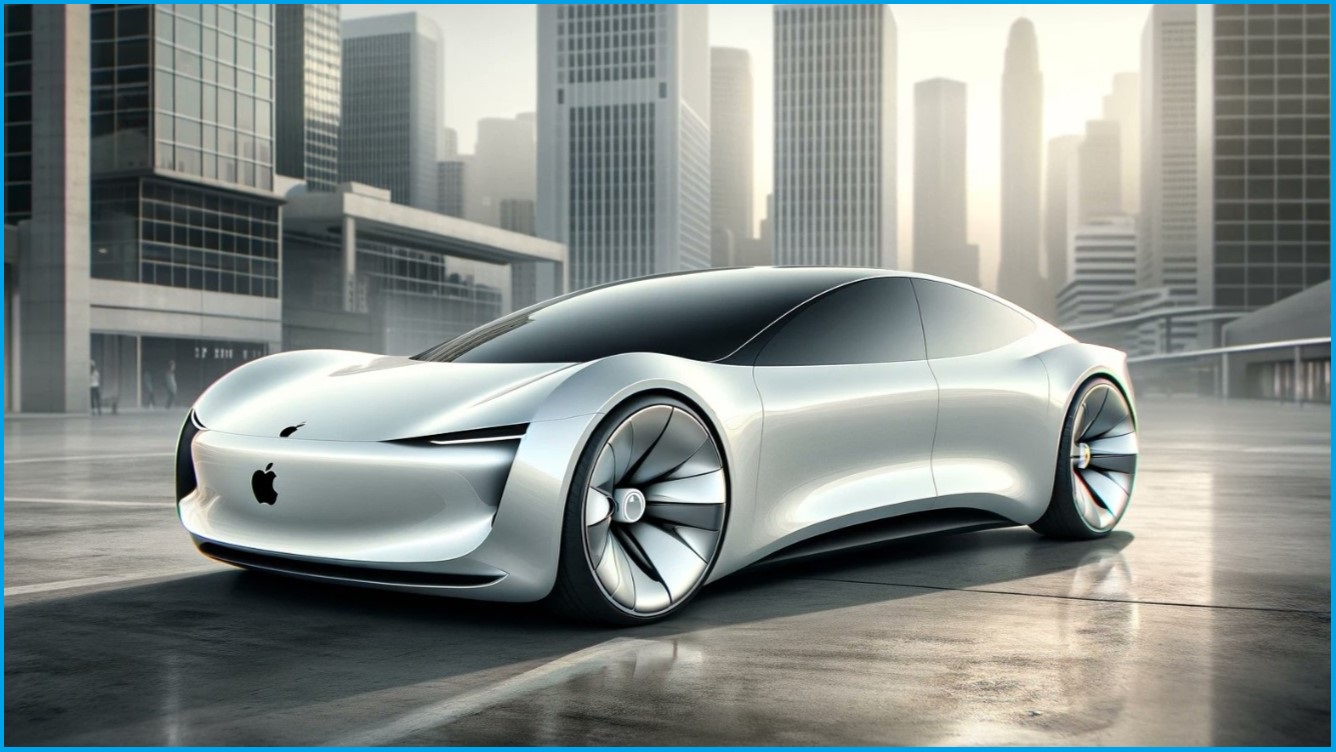
The whispers of an Apple-branded automobile had been circulating for years, fueling anticipation for a sleek, integrated driving experience. Project Titan, as it was internally known, held the promise of a major expansion for Apple into the automotive industry. Billions were reportedly invested in research and development, with rumors swirling about cutting-edge battery technology, autonomous driving capabilities, and a seamless connection with the Apple ecosystem. However, despite the hype and investment, the project faced internal skepticism and challenges. Reports suggest that Apple’s board ultimately decided to pull the plug, at least for now, leaving the dream of an Apple Car in the realm of “what ifs.” Perhaps the complexities of the automotive market or a shift in priorities led to this decision. But in the ever-evolving tech landscape, a comeback is always a possibility.
9. Spotify Car Thing:
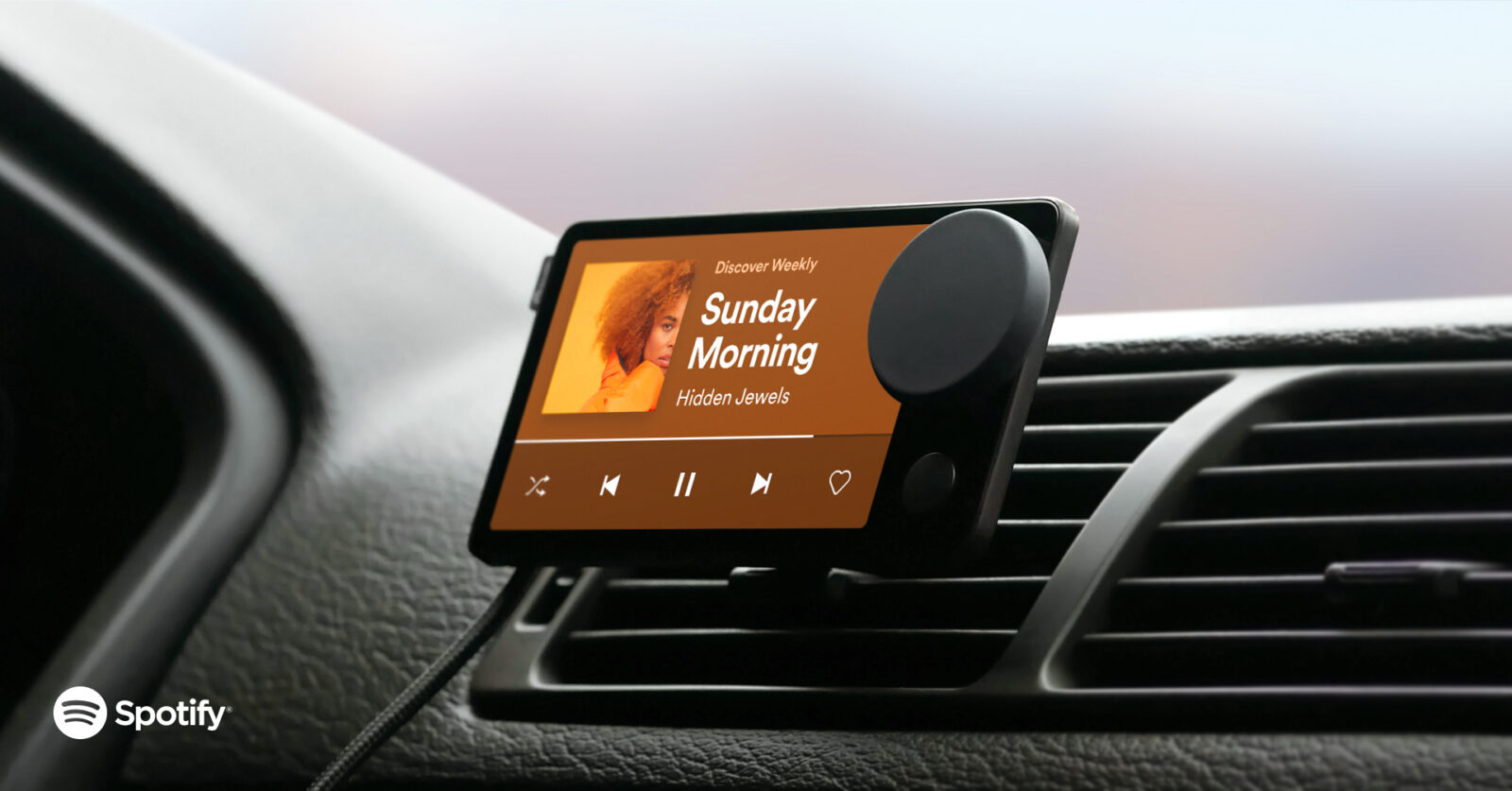
Spotify’s Car Thing was a dedicated device designed to bring the music streaming service to car dashboards. With voice control, preset buttons, and a compact design, it aimed to provide a seamless and convenient listening experience for drivers. However, the Car Thing faced several hurdles. Its functionality was limited to Spotify Premium users, and many drivers found that their existing smartphone integration or in-car entertainment systems were sufficient for their needs. Combined with supply chain issues and a relatively high price tag, the Car Thing ultimately failed to gain traction, leading to its discontinuation.
10. Microsoft HoloLens:
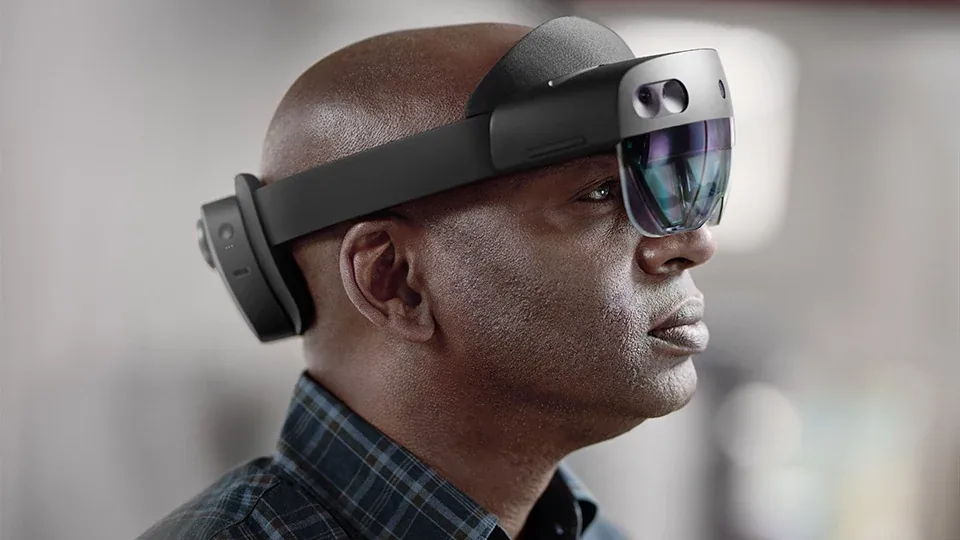
The HoloLens was Microsoft’s ambitious foray into the world of mixed reality, offering a headset that overlaid holographic images onto the real world. While the device showed promise in various applications, including gaming, education, and enterprise solutions, it faced challenges in terms of its high cost, limited field of view, and bulky design. With the announcement of the more advanced and streamlined Vision Pro headset, Microsoft decided to sunset the HoloLens, signaling a shift in its mixed reality strategy.





